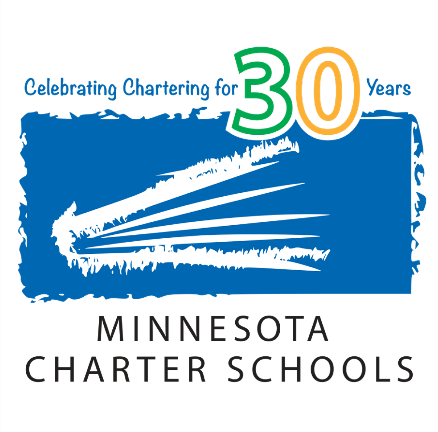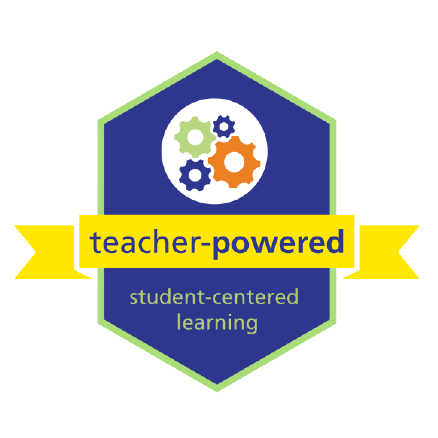- Technical Academies of Minnesota
- Homepage
-

Welcome to DREAM Technical Academy
-
You Belong!
We are a tuition-free, 7th-12th grade public charter school for students in grades 7-12 that focuses on 21st Century Skills as part of our career and college preparedness objective. We use a project-based learning curriculum that is entirely student-driven.
A New Adventure in Education...
DREAM Technical Academy is ready to meet the academic needs of your child using a curriculum designed for students who enjoy learning by doing it with a project-based learning focus. Our students drive their own education, by developing individual learning plans that suit their personal learning style and unique situation and focusing on the things they are most passionate about. By allowing student interests to drive their learning, there is a higher level of ownership, engagement, and hope. Our encouragement of critical thinking, exploration, and collaboration fosters a lifelong love of learning that will follow our students on whatever path they choose next.
The Whole-Student:
At DREAM we understand the importance of approaching learning and education in a way that considers the whole student. Unless a student feels safe and the needs related to physical, social, and emotional well-being are comfortably met, they cannot thrive at school. Our environment encourages autonomy but also creates a sense of belonging by placing each student in a full-time advisory that is the best fit for them and giving them the power to be agents of change if they feel something is not right.
Preparing for our best future:
DREAM advocates for social justice and equity, with restorative practice, used whenever possible. We strive to ignite innate curiosity within our students, guiding them to be actively a part of their local and global communities so they will become lifelong leaders, learners, and engaged citizens. We know that building healthy relationships creates safe places where any student can actualize their ambitions and where hope is fostered. It is the right of all students and staff at DREAM to be accepted for who they are, and where they are going, and to be supported in their personal journey to reach their destination.
Interested in knowing more?
Apply now or Schedule a Tour! We will happily show you what goes on during a typical day at DREAM and all of our staff will go out of their way to find an answer to your questions or a solution to your current educational obstacle.
-
The Mission of the Technical Academies of Minnesota (TAM) is to provide a student-directed learning environment that is challenging, democratic, reflective, joyful, and hopeful. Students’ unique needs and capacities are appreciated, and every student is valued as a whole human being — heart, mind, body, and soul. -
Technical Academies of Minnesota is where every student learns, discovers, creates, and inspires to make the world a better place.
-
Student-Directed
- Students take responsibility and personalize their learning by developing a Personal Learning Plan and demonstrating mastery, which increases student engagement and the effectiveness of students’ learning experiences in general.
- Students engage in authentic, meaningful learning opportunities.
- Through Project-Based Learning, students acquire a deeper knowledge by actively exploring real-world challenges and problems as they design projects that meet the state standards.
- Students understand their role as patrons in a global society and strive to contribute to the betterment of their world.
- Employing an individualized approach, students explore their passions and are critically engaged with the content for the purpose of transforming their lives and the lives of those with whom they live, work, and play.
21st Century Skills
- Students develop meaningful learning, literacy and life skills. Honing these essential skills complements students’ academic achievements and can increase opportunities for success in a rapidly changing, digital world where learning never stops.
- Students will have opportunities to develop the attitudes, skills, and knowledge to understand and participate in a globally connected world.
- Students will understand what it takes to be a good citizen—one who can be civically engaged, critically-thinking, digitally literate, globally aware, and an effective communicator.
- "Being life ready means students leave high school with the grit and perseverance to tackle and achieve their goals by demonstrating personal actualization skills of self-awareness, self-management, social awareness, responsible decision making, and relationship skills. Students who are life ready possess the growth mindset that empowers them to approach their future with confidence, to dream big, and to achieve big." AASA
Authentic Assessment
- Authentic assessment engages students to demonstrate skills and concepts acquired, investigated, and employed.
- Authentic assessment focuses on analytical skills, synthesizing information, integrating learning, working collaboratively, and using critical thinking skills.
- Authentic assessment provides the depth and breadth of engagement that frequently is missing with traditional forms of assessment.
Equity
- Social justice and equity begins with ourselves, our families, and our communities. In addition to creating a safe space on school grounds, we advocate for greater social justice movements in our neighborhoods, cities, state, country, and world.
- At the forefront is a strong, democratic learning community, where students are accepted for who they are as individuals, and for their passions, interests, and talents.
- Restorative justice is a solution-based rather than problem-based process which gives voice to people and focuses on healing and reconciliation. Inspired by indigenous traditions, we bring together people in a safe and respectful space, promoting dialogue, accountability, and a stronger sense of community.
Healing-Centered
- All students, parents, caregivers, staff, and community members feel valued, welcomed, and physically, psychologically, and emotionally safe.
- A proactive, supportive, and strengths-based approach is employed to assist students in cultivating social and emotional skills and effective coping strategies.
- Students’ resilience assists them in overcoming any adversity and creating a hopeful future.
- Building healthy and purposeful relationships is paramount to creating a safe, supportive, and nurturing community.
- A culture of healing can reverse the effects of trauma, boost academic engagement, and promote social-emotional well-being. Social-emotional well-being is a necessary ingredient for learning.
Staff-Led Structure
- Creating equitable, high-quality, culturally affirming, student-directed learning environments is done with, and for the benefit of, students.
- Serving the unique needs of our students and community is never done in isolation and relies on the deep partnership with students, families, and community members.
- By participating in various school committees, staff feels invested in the community and connects with peers in ways to help move the school forward. Committees provide a clear and equitable avenue for staff to have collective autonomy in decision making which influences the success of the school.
- Every staff voice is honored and uplifted to guide our work. We operate under a flat hierarchy and expect each member to hold themselves accountable.
-
DREAM works to install a connection and commitment to the environment in our school community while working towards a healthy planet where all people live in balance with the Earth. DREAM does this through the following:
Indicator Area 1: Awareness
Students demonstrate an awareness of the relationship between the environment and human life and the diversity of life that shares the earth with humans.
Indicator Area 2: Knowledge
Students have knowledge of how natural systems function and how human systems interact with and depend on them.
Indicator Area 3: Attitudes
Students demonstrate respect and concern for the earth's health and the motivation to participate in environmental stewardship.
Indicator Area 4: Skills
Students possess the skills needed to identify and critically analyze environmental issues, and to contribute to resolving the root of environmental challenges.
Indicator Area 5: Action
Students have the capacity, or are increasing their capacity, to perceive and interpret the health of environmental and social systems and take appropriate action to maintain, restore, or improve the health of those systems.






